History and Making of Katazome-shi
2025 Feb 14th
The sudden death of Mr. Kawakatsu, owner of Wazome Kogei, and the subsequent closure of this studio, has left us deeply saddened. Wazome Kogei was one of the last remaining Katazome-shi production studios in Japan. We are enheartened by the instantaneous global response to the news which resulted in a barrage of requests for the remaining, fast-diminishing, stocks of Katazome-shi. This response confirms our belief that the world has gained a deep appreciation for the special dyed-beauty and vibrant design-elegance of Katazome-shi. Following is a description of the demanding dye process used to create these colourful patterns and some history to enrich your understanding of the papers we at The Japanese Paper Place have also loved so dearly.
– Nancy Jacobi, Founder
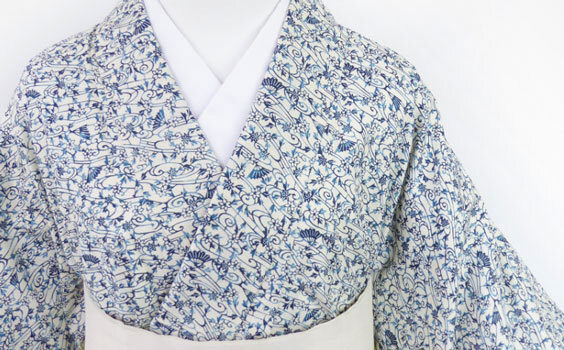
Kimono made of katazome fabric
The traditional art of Katazome was originally developed for printing on silk for kimono. “Kata” translates to “stencil” and “zome”, a form of the word someru means “to dye”. Every step of the process – from creating the tools and materials used, to the printing process itself – is done by hand and involves great skill and patience. Stencil dyeing is a direct process that belies the elegance of the printed designs.
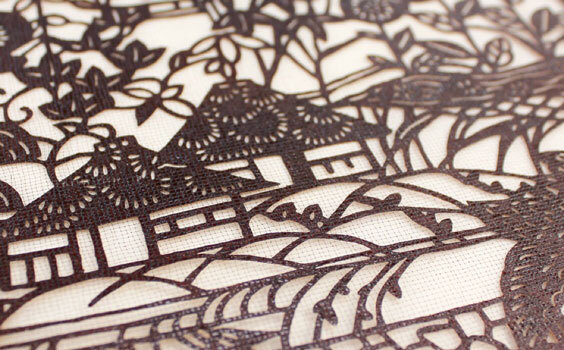
Traditional Katagami from The JPP Collection
Historically, stencils were created by hand-cutting a design into katagami (gami means paper), a purpose-made paper composed of laminated layers of kakishibu*-treated washi. This cut stencil then had an open mesh of silk adhered to it to support the edges of the design. The prepared stencil is then placed on the fabric and a resist paste, made from a cooked mixture of rice bran and rice flour, was applied through the stencil. After drying completely, the fabric would be soaked with soy juice in preparation for the brushing on of the dyes. A final soaking in fresh water removes the resist paste after dyeing, revealing the design. These techniques are still used by some artists today. It should be noted that, in more recent years, materials other than katagami were used to create the stencils in Mr. Kawakatsu’s studio.
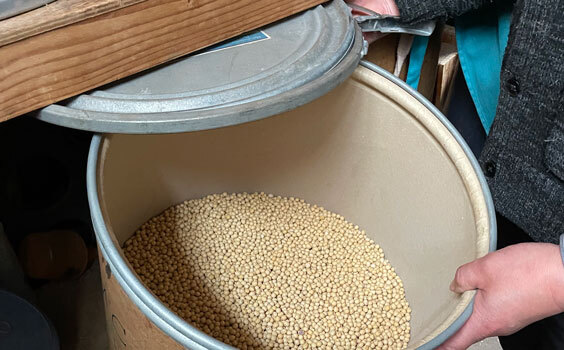
Mr. Kawakatsu showing soy beans used at Wazome Kogei
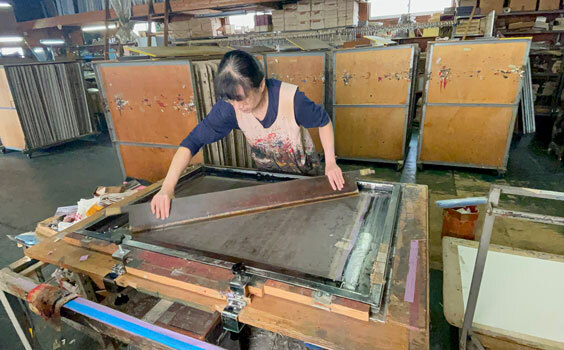
Wazome Kogei staff adhering washi on boards to prepare for the katazome process
Katazome-shi (shi meaning paper) is created using the same process. As kimonos fell out of favour, following World War II, the original owner of Wazome Kogei studio, Mr. Kuriyama, decided to try using the same process to create designs on washi. When working on paper instead of on cloth, the resist is applied and allowed to dry completely before ink is stencilled or brushed on. The absorbent nature of the paper means the inks/dyes are held deep in the fibres; they don’t just sit on the surface but become one with the paper.
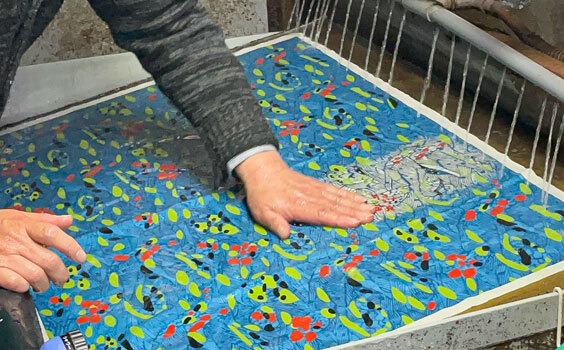
Mr. Kawakatsu demonstrating the rinsing process
Unlike cloth, wet paper is not usually considered a durable material. The paper must not only be absorbent enough to support the resist and carry the inks, but also strong enough to endure the process of rinsing. The rinsing process involves rubbing the surface by hand under cold running water to remove the resist. Artisans select only kozo-fibre washi to form the base of their designs. Soy-based inks on hand-made, kozo-fibre washi, rice-paste resist, all these materials can be produced sustainably, in ways that respect the environment and ensure the longevity of the final work.
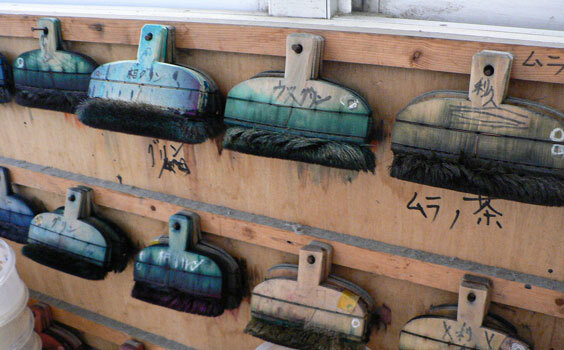
Brushes used for katazome
The skills and knowledge necessary to successfully execute the beautiful designs we have come to love cannot be understated. Every stage must be completed with care: from cutting the stencil, to preparing the resist (a multi-step process in itself), to applying the inks, and rinsing the final product – even the timing between steps is crucial. Years of training and practice are part of the process of becoming a katazome artist.
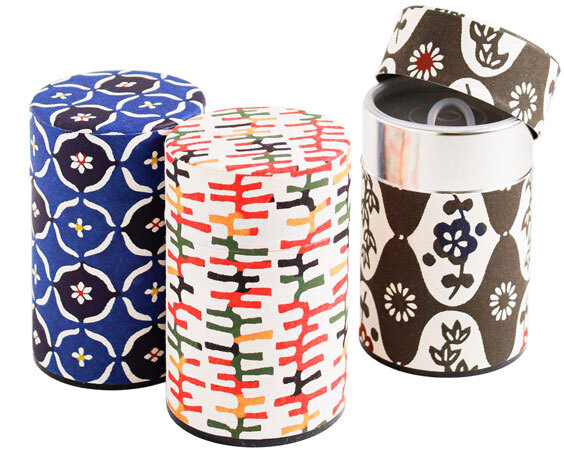
A few of our remaining katazome-si gift items: Decorative Katazome-shi Container 100g
Although some individual artisans continue to explore the katazome method on washi, currently, there are no other commercially-operated studios in Japan. The death of Mr. Kawakatsu is not only a great loss to the art, but a reminder of the tenuous future faced by these ancient heritage crafts. We do hope Mr. Kawakatsu’s artisans will find viable and enriching employment that honours their skills.
We encourage you to share this information with your customers so that they may truly appreciate the treasure that is Katazome-shi.
*Read more about kakishibu here

